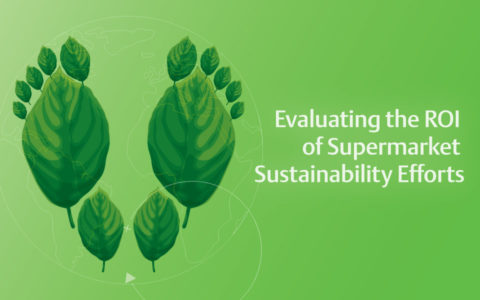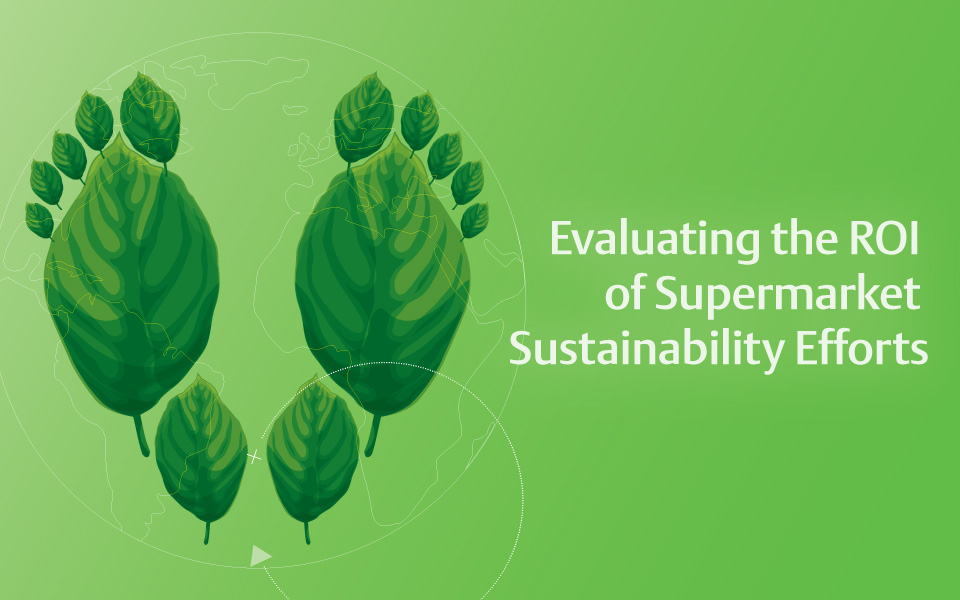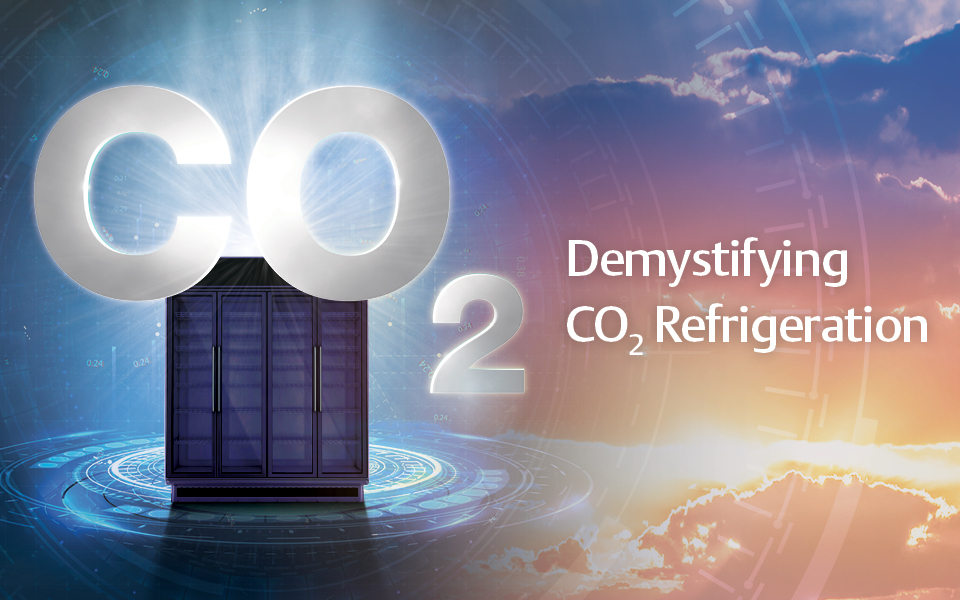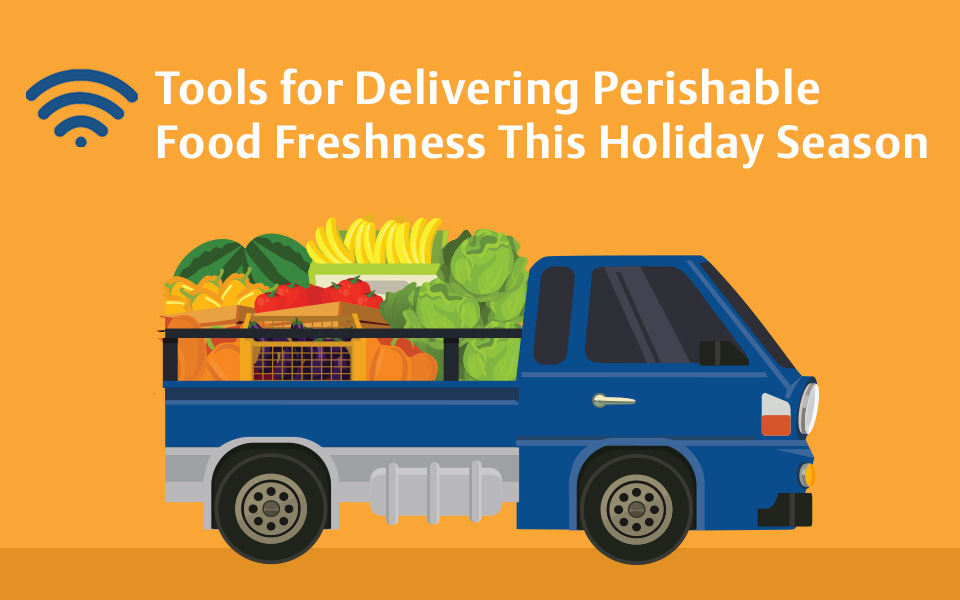Evaluating the ROI of supermarket sustainability efforts

The spectrum of supermarket sustainability concerns has expanded significantly in recent years. As more retailers set short- and long-term sustainability targets, many are evaluating opportunities to reduce their carbon footprints while earning a return on investment (ROI). In a recent article for Progressive Grocer, I explored how retailers are defining and pursuing their sustainability goals while exploring opportunities to monetize their decarbonization efforts.

No longer is supermarket sustainability a matter of transitioning to eco-friendly refrigeration systems or reducing refrigerant leaks. Nor is it solely focused on achieving energy-efficiency gains in HVAC, lighting and refrigeration. Of course, these goals are as important as ever, but today’s retailers are considering nearly every aspect of their supply chains as part of their holistic sustainability footprints. And from a market dynamics perspective, these efforts can also be financially beneficial.
Increasingly aware of the sustainability of the food supply chain, consumers are evaluating their preferred retailers accordingly. Among their many concerns include:
- Organic and natural food products
- Sustainable packaging materials
- Environmentally responsible food-sourcing and -processing practices
Retaining the loyalty of sustainability minded customers is a competitive differentiator and a key factor to consider when calculating the ROI of decarbonization.
Navigating the path to Net Zero
Per global climate initiatives such as the Paris Climate Accord, 2050 has been set as the year when countries, institutions and companies should strive to achieve Net Zero greenhouse gas (GHG) emissions. Net Zero simply means consuming only as much energy as is produced by balancing the reduction of GHG emissions with carbonoffset strategies to achieve a carbon-neutral operating footprint. Already, some food retailers are pledging to meet even more aggressive Net Zero timelines — such as 2040 — while setting short- and long-term targets via a multifaceted approach:
- Minimizing GHG emissions
- Optimizing energy management to reduce energy costs and drive ROI
- Transitioning to lower global-warming potential (GWP) refrigerants and/or phasing down the use of hydrofluorocarbons (HFCs)
- Electrification of transport vehicles and refrigeration
- Integration of renewable energy sources
- Reducing food waste working with suppliers to reduce their own emissions Although the path to Net Zero will be different for every retailer, the Environmental Protection Agency (EPA) recommends using science-based targets as a common, holistic framework to evaluate all sources of GHG emissions. Scopes 1 and 2 refer to GHG emissions originating from a company’s own operational footprint, while Scope 3 expands the scope to the company’s larger supply chains.
Scope 1 — refers to direct GHG emissions from owned assets, originating from fuel combustions; heating, kitchens, vehicles, and refrigerant emission such as those originating from commercial refrigeration and HVAC equipment in retail stores and storage and distribution facilities. Thus, minimizing refrigerant leaks and making the transition to lower-GWP alternatives are becoming top retailer priorities.
Scope 2 — encompasses indirect GHG emissions from all sources of energy consumption, including refrigeration, HVAC and lighting. Because reducing energy consumption in the face of rising energy costs also provides an opportunity to claim ROI, many supermarkets are committing to multiple strategies to reduce indirect GHG emissions:
- Installing LED lighting
- Leveraging advanced energy management controls and tools to enable grid-interactive optimization
- Integrating wind, solar and other locally generated renewable energy sources
- Retrofitting equipment to minimize energy consumption and maximize performance with variable frequency drives (VFDs) and other capacity-modulation strategies
Scope 3 — includes direct and indirect GHG emissions from all producers and providers within a company’s supply chain, such as those occurring after goods are sold, throughout product lifecycles and disposal. Strategies include:
- Electrification of third-party logistics (3PL) and transportation companies
- Sourcing eco-friendly packaging materials for house brands
- Implementing more sustainable sourcing practices
Meet your sustainability goals
Today, Emerson is helping retailers to meet their sustainability targets by leveraging a variety of lower-GWP and energy-efficient solutions. We continue to develop advanced compression and controls solutions that are qualified for use with the next generation of refrigerants, such as CO2, R-290 and emerging A2L refrigerants, including:
- Centralized CO2 transcritical booster (TCB) compression for large supermarkets
- Refrigeration and case controls optimized for lower-GWP alternatives, such as the Case Controller 200 (CC200)
- Advanced leak detection capabilities to minimize direct emissions and maximize performance and safety
Our E3 supervisory control platform and Connect+ enterprise management software enable robust energy optimization strategies to help retailers bring critical facility energy consumption under centralized control:
- Reducing peak facility loads via smart optimization techniques and machine-learning algorithms – Coordinating with local utilities to reduce grid loads and incentivize energy-efficient operations
- Enable enterprise-wide monitoring of store fleets to drive proactive maintenance programs and prioritize store upgrades
We’re also building upon our industry-leading Copeland™ scroll compression technologies to enable variable capacity modulation to significantly improve energy efficiencies in new installations and retrofit refrigeration systems — while also qualifying for utility rebates and incentives to help retailers offset costs.
To learn more about Emerson’s commitment to supermarket sustainability and how to navigate your path to Net Zero, please visit our website.

Evaluating the ROI of Supermarket Sustainability Efforts
by Andre Patenaude | Cold Chain
The spectrum of supermarket sustainability concerns has expanded significantly in recent years. As...

Seven Keys to Demystifying CO2 Refrigeration
by Andre Patenaude | Cold Chain
The U.S. commercial refrigeration market is poised for a surge in the use of CO2 (R-744) as a...

Tools for Delivering Perishable Food Freshness This Holiday Season
by Doug Thurston | Cold Chain
More than any time of year, food is a central attraction of the holiday season. Sharing, preparing...
The post Evaluating the ROI of Supermarket Sustainability Efforts appeared first on Emerson E360 Blog.